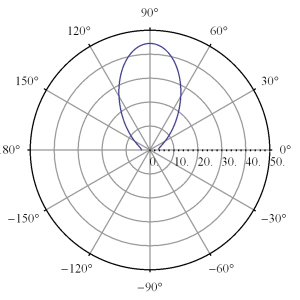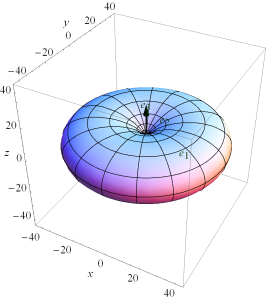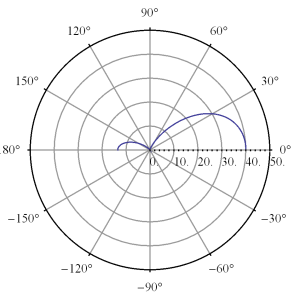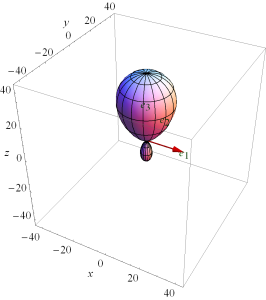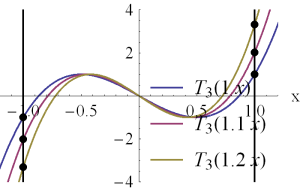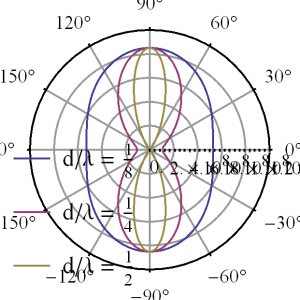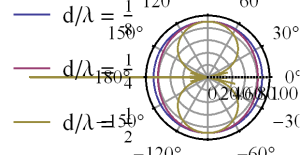To my great surprise, the Canadian government’s attempt to enact a terrorize-Canadians bill is actually getting noticed. There’s even been protests.

For those who find this objectionable, the stopc51 website makes it easy for people to write a form letter to their representative, but what about all those people who want to support this bill? There’s no startc51 website for people to use!
For all those people, I’ve drafted a form letter that they can use, based on the stopc51 form letter. I’m paper mailing my copy of this letter, with the hopes that a paper letter requires slightly more work to throw out. The civil servant who’s job is to press the delete key can file a union grievance against me.
EDIT: I ended up with a response to my original C-51 letter.
Form letter for support of bill C-51.
[your name and address, including postal code]
[date]
cc: [who else should get a copy of your letter?]
The Honourable [representative name here],
I’m writing to call on you to take a firm stand in support of the government’s carefully thought out, harmless, and effective Bill C-51. I’m asking you to side with Canadians and vote for this legislation.
I applaud the Canadian government initiative to exploit the fear-porn potential of the recent parliamentary shooting to its advantage.
The bill is prudent because it turns CSIS into a ‘secret police’ force with little oversight or accountability. Oversight and accountability are both highly overrated. History has proven that secret police forces have been important forces in many effective governments. Without a secret police force Stalin would not have been able to cull so many millions of the excess citizens of his country. Without a secret police force Hitler would not have been able to implement his death camps. In this day of omnipresent globalism Canada clearly needs its own secret police force to remain competitive.
The bill is useful because it opens the door for violations of our Charter Rights including censorship of free expression online. If people are able to express themselves openly, how can they be controlled?
The bill is effective because it will lead to dragnet surveillance and information sharing on innocent Canadians. Stephen Harper, Justin Trudeau or any other current or future politician would love to have such powers available for blackmail and manipulation purposes.
I applaud the government for trying to push this law through parliament in record time without a proper debate. No Canadian wants to see meaningful discussion in government. Reruns of Jerry Springer is clearly sufficient debate for most people. Inhibiting discussion is prudent since questioning authority and the power elite just feeds uncertainty in these difficult times.
If this bill doesn’t pass, it would limit opportunities for the Canadian government to spy on anyone, at any time. No Canadian wants to know when such spying has occurred. We want to create a shadowy and unaccountable secret police force that will have such a critical role in removing the freedoms of a nation that cannot be allowed to question government and authority.
Please, side with the majority of Canadians who are clueless and have never heard of this bill. Please don’t talk about or vote against this important legislation. Assuming you decide to vote for this bill, I hope you also won’t have any part in educate Canadians about this bill. Nobody needs to know what government allows itself to do “in our names.”
I’m one of the millions of Canadians who are perfectly happy with the status quo, which includes politicians who will not represent us in any meaningful way. I am assuming that you will be towing the party line and will vote for this bill. I already know that free expression is not tolerated in government, so when I see an affirmative vote for this bill, I’ll know that the world as I know it is stable and cannot be changed by individual action.
Please don’t respond to this letter. I do not want a response outlining the reasons that you will not be voting for this bill. Such a response would serve to destroy my worldview that assumes no politicians act for nor truly care for their constituents or Canadians in general. I want to continue to view politicians as pawns placed in positions of powerlessness and ineptitude, incapable of altering or even accurately observing the world around them.
Sincerely,
[your name here]
Posting your letter.
Note that mail may be sent postage-free to any Member of parliament at the following address:
Name of Member of Parliament
House of Commons
Ottawa, Ontario
Canada
K1A 0A6
Yes, we still pay for that “free” mail service through taxation, but I’m going to justify my exploitation of that service as a fair exchange for all the time that I have to spend weeding through the huge stacks of junk mail that Canada Post delivers to my mailbox daily.
My last letter to my “representative” (John McCallum) in parliament about bill C-51 went unanswered. I don’t really believe that I am represented by virtue of having voted or not. Will the actions of the Honourable John McCallum of Markham-Unionville surprise me, or make me doubt this position?
EDIT: as noted above, I did get an answer to my original C-51 letter. It was neutral in tone, and matter of fact, giving no hint of whether or not the bill will be supported. What sort of response will this letter produce if any?

